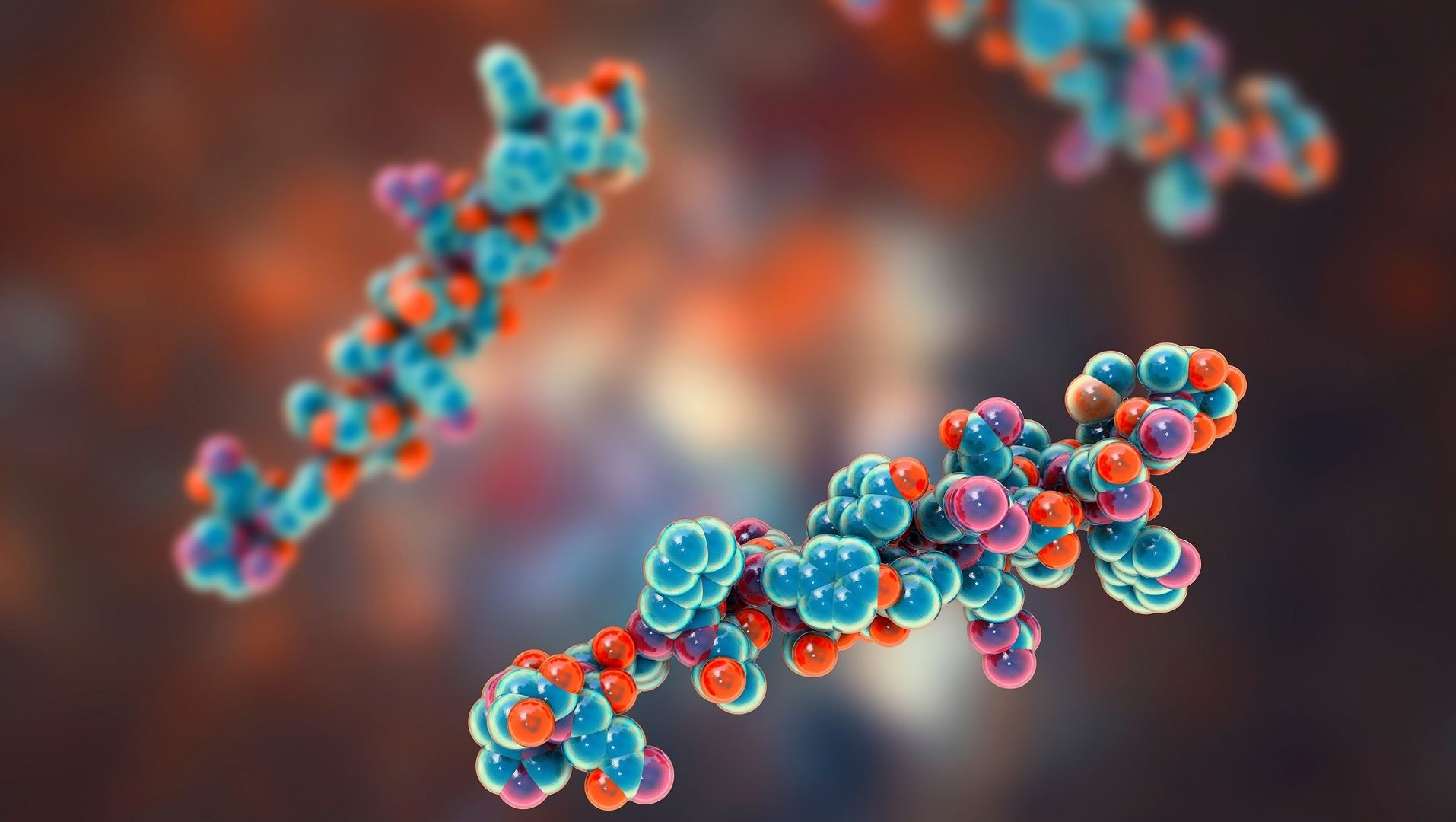The purity of the peptide plays a critical role in the success of the experiment. Experimental results are generally more reliable when the peptide purity level is high. There are some applications, such as animal research, where high purity peptides are required, in which low purity peptides may cause toxicity or unwanted side effects due to residual impurities.
Creative Proteomics provides high-quality, reproducible peptide purity analysis services, and we usually analyze peptide purity by reverse-phase high-performance liquid chromatography (RP-HPLC), mass spectrometry (MS), size-exclusion chromatography (SEC), and sodium dodecyl sulfate-polyacrylamide gel electrophoresis (SDS-PAGE).
Sample Request
Improper selection of sample solvents has a greater impact on the detection of peptide purity, so you need to pay attention to the following points when dissolving samples.
- Make sure that the peptide sample is completely dissolved, resulting in a clear solution.
- Try to avoid using DMF/DMSO/AcOH and other solvents that have UV absorption at 220 nm.
- If the peptide sequence contains unstable amino acid residues or the peptide solution prepared for modification, please explain in advance.
Our Peptide Purity Identification Services
Reverse-phase HPLC (RP-HPLC) is a commonly used and sensitive separation and analysis technique for proteins, protein fragments and peptides in Creative Proteomics. This technique uses a nonpolar stationary phase and a polar mobile phase. The experts at Creative Proteomics have a vast amount of experience in peptide purity analysis, as well as chromatographic columns, mobile phases, and elution gradients that will apply to a specific sample.
We usually combine mass spectrometry with other separation methods when determining sample purity because impurities may have the same mass-to-charge ratio as the main analyte. For example, in combination with size exclusion chromatography, if an impurity peak appears in the elution peak of gel size exclusion chromatography, mass detection will help distinguish whether it is caused by impurities of different sizes or due to self-related molecules.
Creative Proteomics has a variety of advanced size-exclusion chromatography columns, and you can choose the most suitable analysis method according to your samples to facilitate your scientific research.
Our professional scientists will select and configure the most suitable gel formula and electrophoresis instrument for you according to the molecular weight of your sample, just to obtain accurate results.
Our Recommendations Regarding Peptide Purity
Our experts give recommendations on the purity of peptide samples for different purposes for your reference, as shown in the table below. Combined with the results of our purity analysis, we hope it will be helpful to your research.
| Purity |
Application field |
| Crude |
Mutation screening |
| Peptidomics |
| Receptor-ligand interaction |
| Sequence optimization |
| Purity ≥ 70% |
ELISA detection |
| Peptide array |
| Peptide antigen design |
| Antigen affinity analysis |
| Purity ≥ 85% |
In vitro bioanalysis |
| Western blot |
| Epitope screening |
| Semi-quantitative enzyme mechanism study |
| Cell adhesion studies |
| Polyclonal antibody development |
| Purity ≥ 95% |
In vitro analysis |
| NMR research |
| Quantitative phosphorylation studies |
| Quantitative proteolysis studies |
| Quantitative ligand-receptor interaction studies |
| Purity ≥ 98% |
Crystallographic studies |
| GMP grade peptide drug research |
| Clinical research |
| SAR research |
| Cosmetic peptide research |
Creative Proteomics has adopted strict standards in peptidomics research for decades, providing customers with high-quality peptide purity analysis services, and has won a good reputation in the industry. If you have the demand for peptide purity analysis, please contact us for consultation, we will serve you with the greatest enthusiasm!
* For research use only. Not for use in diagnostic procedures!
Our customer service representatives are available 24 hours a day, 7 days a week.


